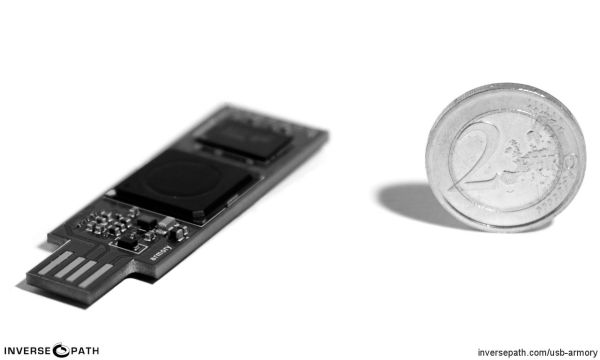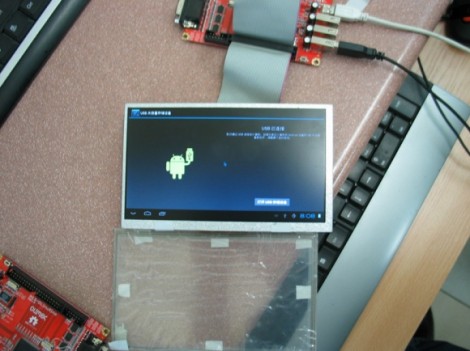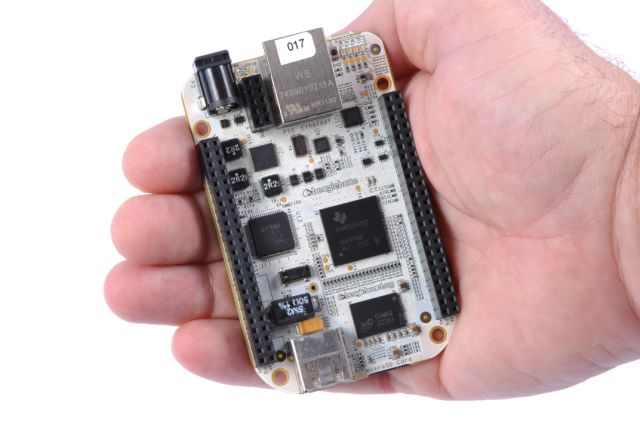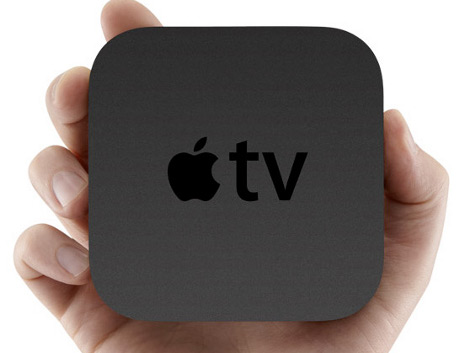[Andrea] tipped us about USB armory, a tiny embedded platform meant for security projects. It is based on the 800MHz ARM Cortex-A8 Freescale i.MX53 together with 512MB of DDR3 SDRAM, includes a microSD card slot, a 5-pin breakout header with GPIOs/UART, a customizable LED and is powered through USB.
This particular processor supports a few advanced security features such as secure boot and ARM TrustZone. The secure boot feature allow users to fuse verification keys that ensure only trusted firmware can be executed on the board, while the ARM TrustZone enforces domain separation between a “secure” and a “normal” world down to a memory and peripheral level. This enables many projects such as electronic wallets, authentication tokens and password managers.
The complete design is open hardware and all its files may be downloaded from the official GitHub repository. The target price for the final design of the first revision is around €100.















